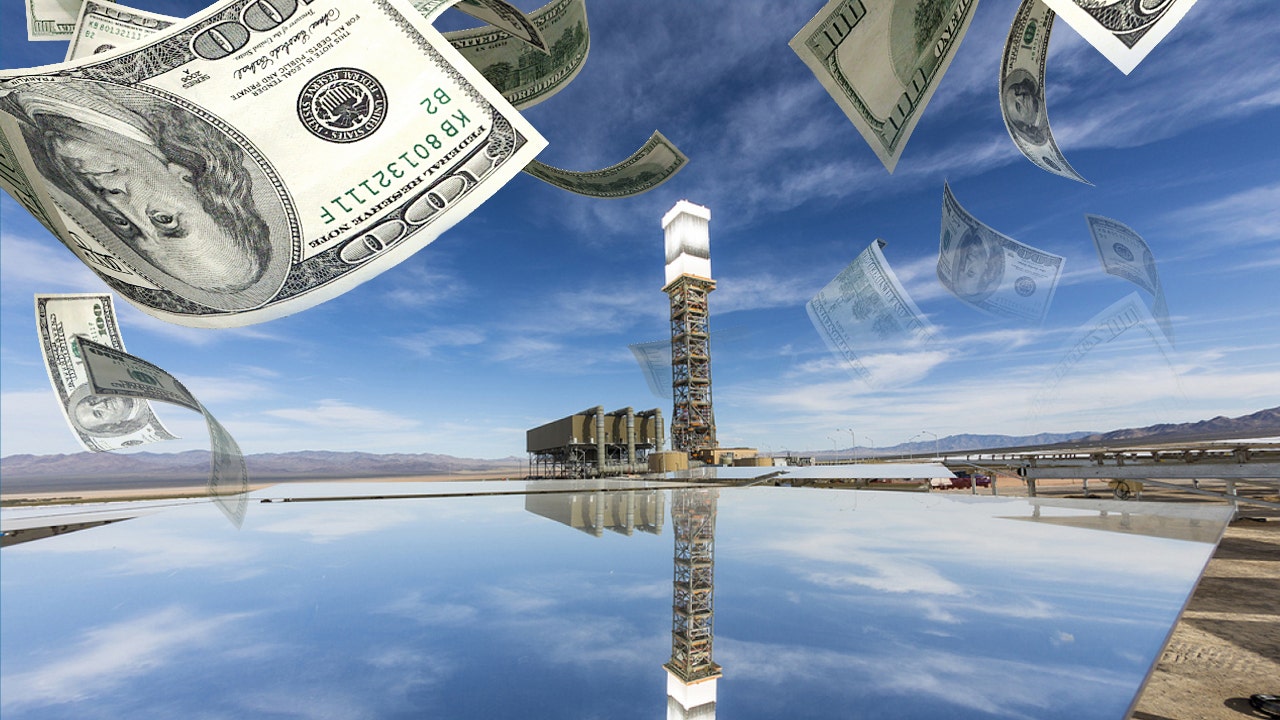Energy experts blast failed billion-dollar DOE project as ‘financial boondoggle,’ ‘disaster’

A major solar power plant project that received over a billion dollars in federal loans is facing closure, with experts criticizing it as a failed initiative that has caused harm to the environment. The Ivanpah Solar Power Facility, which was funded by a $1.6 billion loan guarantee from the U.S. Department of Energy during the Obama administration in 2011, consists of three solar concentrating thermal power plants in California.
Initially hailed as a symbol of America’s leadership in solar energy by former Energy Secretary Ernest Moniz, the project has now fallen short of expectations after a decade of operation. Critics like Jason Isaac, CEO of the American Energy Institute, have labeled Ivanpah as a “boondoggle” that failed to deliver on its promises, producing less electricity than anticipated and still relying on natural gas to remain operational.
One of the key setbacks for Ivanpah came in January when Pacific Gas & Electric (PG&E) decided to terminate its contracts with two of the plant’s units, cutting the agreements short by 14 years. This move was driven by the utility’s assessment that ending the contracts early would result in cost savings for customers compared to keeping them in place until 2039, signaling the impending closure of Ivanpah.
Environmentalists have also criticized the project, with Julia Dowell from the Sierra Club describing it as a “financial boondoggle and environmental disaster.” The construction of Ivanpah reportedly led to the destruction of pristine desert habitats, resulting in the loss of rare plant species and the deaths of thousands of birds and tortoises.
The closure of Ivanpah adds to a list of failed government-backed green energy projects, including the infamous case of Solyndra, which went bankrupt in 2011 after receiving $535 million in federal loan guarantees. Steve Milloy, a senior fellow at the Energy & Environmental Legal Institute, warned of more failures to come from recent Democrat-supported initiatives aimed at advancing the green energy agenda.
As the debate over the efficacy of taxpayer-funded green projects continues, it remains to be seen how the Biden administration will address these challenges and whether lessons will be learned from past missteps. The closure of Ivanpah serves as a cautionary tale about the complexities and pitfalls of large-scale renewable energy ventures, highlighting the importance of balancing environmental goals with economic viability.




